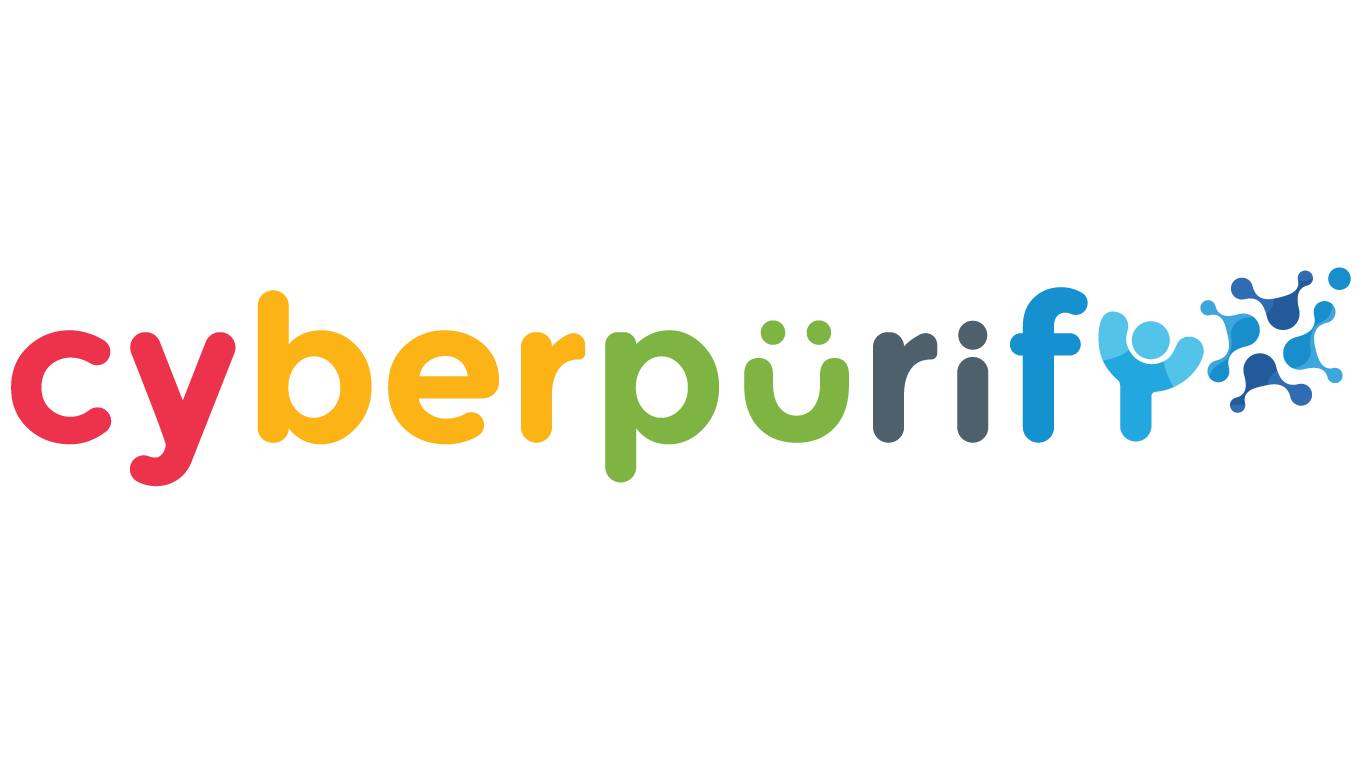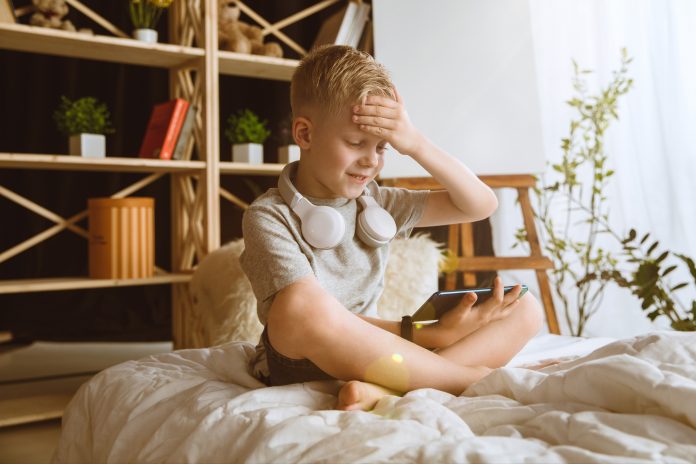Currently, the average child aged 4-15 spends 80 minutes watching TikTok a day, while a video is only about 15 seconds long, which means TikTok has engaged your child to scroll through about 320 videos a day.
We know, unbelievable! Parents can see how widespread toxic, harmful content is on the Internet. That’s why many parents have used CyberPurify Kids to detect and blur 15 types of harmful content in real time. Don’t forget to get your children’s online protector!
However, the negative effects of TikTok don’t stop at its content. For your children’s safety, here are 7 fast takeaways on why TikTok is bad for kids:
8 fast takeaways on why TikTok is bad for kids
Your kids can literally… see anything on TikTok
Unlike YouTube’s age-tagging mechanism which requires users to log in to view adult videos, TikTok does not require a login to watch all the content there. In short, anyone with the link to the video can reach it.
What’s worse, TikTok does not have a mechanism to label content by age. As a result, they don’t block access or force logins to view adult content. Yes, one of the top reasons explaining why TikTok is bad!
Is TikTok safe for kids? No, it has toxic content!
Most kids would love to cover viral TikTok songs or choreographies, but the important thing is that they are dancing and singing along to lyrics that contain insults, racism, swear words, and all kinds of horrible words that you can’t quite imagine!
Some typical words like b*tch, n***a, f*** you, etc., or a typical example is Skanky Fishy, many parents have encountered cases of girls as young as 11 years old deliberately posting on TikTok claiming that they have a smelly vagina due to sexual diseases.


As TikTok has many popular songs and anyone can create content, your child is likely to come across profanity and say words inappropriate for their age.
Sexual attackers – Why TikTok is bad
The regular use of TikTok, as a viewer or content creator, will increase your child’s risk of scams and being stalked by bad guys (especially sexual attackers). This is even higher for kids who post everything on social media, especially those sexy/explicit images.
Those sexual attackers can pretend to be a friend, using different tactics to gain your kids’ trust, then making them sext, involving them in sexual conversations, or even asking them to exchange explicit photos and use them to sell or trade.
They can also send links containing pornography or virus software that can penetrate your child’s device.


Over-screen time on TikTok
If you let your kids use TikTok, there is another HUGE risk: over screen time. Spending too much time in front of screens can have negative effects on both physical and mental health: eye strain, headaches, neck and shoulder pain, and disrupted sleep patterns.
In addition, prolonged screen time has been linked to anxiety, depression, and poor self-esteem, particularly when social media is involved. It can also make it harder to focus and reduce productivity. That’s why it’s crucial to use CyberPurify Egg to prevent these issues from occurring!


You know how hard it is to keep kids from spending too much time on TikTok. It’s like they’re glued to their screens 24/7!
But don’t worry, with CyberPurify Egg, you can set schedules to block TikTok during specific times, like when they’re supposed to be doing homework, at bedtime, or during family time.
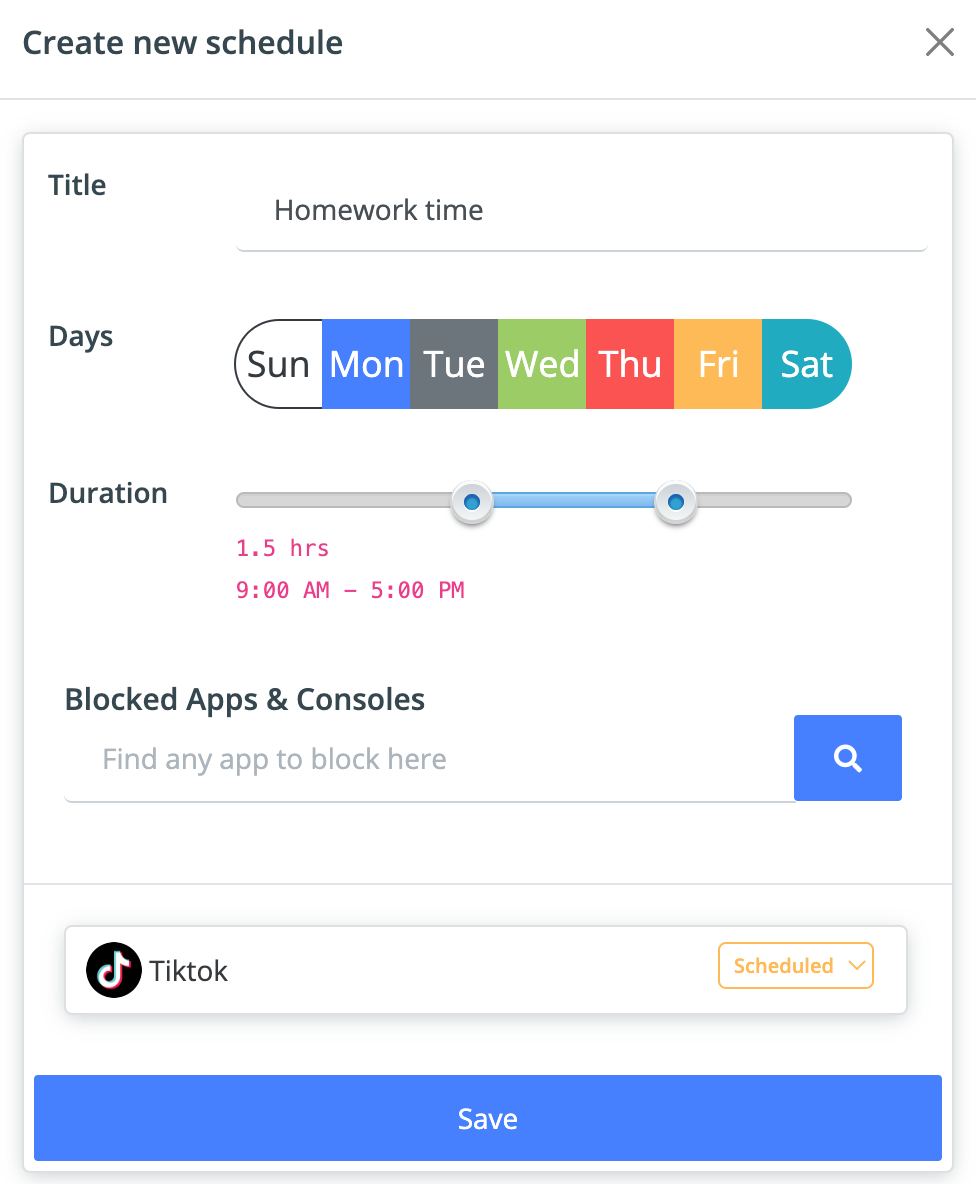

And the best part? CyberPurify Egg is trusted by over 36,000 parents worldwide as one of the best parental controls for TikTok. No more struggling to pry your child away from the screen during dinner or bedtime!
Here is a scheduled we set for our children:


Get CyberPurify Egg – Your trusted ally in your children’s online journey here!
Cyberbullying: One of the most negative effects of TikTok
The number of hateful, malicious, hurtful content comments is unimaginable. According to CyberPurify’s personal experience, more of these malicious words and phrases appear on TikTok than on any other social network.
You need to be careful because cyberbullying can leave devastating effects on the victims’ mental health. Depression, anxiety, anger, isolation, and stress, can take your child’s life away!
A recent study found that teenagers who spend a lot of time using smartphones and social media are more likely to have symptoms of depression and suicidal behavior. TikTok has also been linked to anxiety, loneliness, and “fear of missing out” (FOMO).
Now you know why TikTok is bad!
Inappropriate TikTok trends
Many challenges that have gained popularity on platforms like TikTok have the potential to cause harm or even be life-threatening!
Fire Challenge
Fire Challenge is one of the most dangerous Tiktok challenges which involved people setting themselves or objects on fire and filming the result. This challenge was extremely dangerous and could result in serious burns or other injuries.
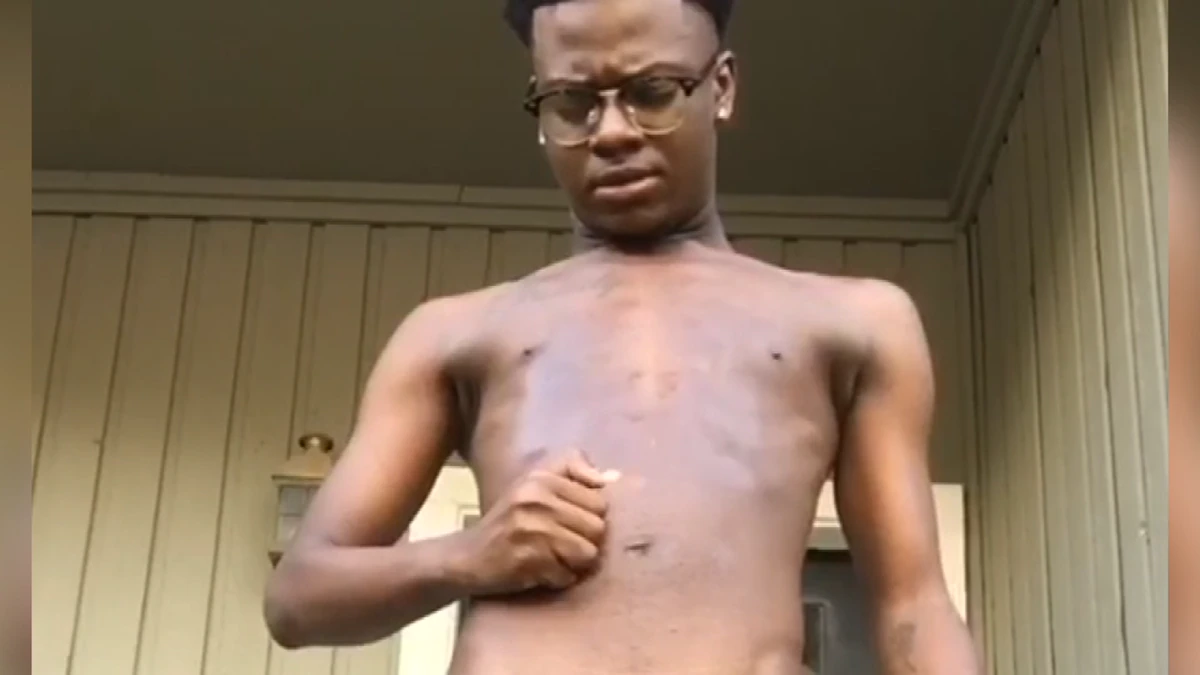

In May 2021, a 13-year-old girl in Oregon state (USA) was taken to the intensive care unit (ICU) with 3rd-degree burns after participating in TikTok’s “fire mirror challenge”. Accordingly, the participant sprayed flammable liquid on the mirror and then lit it on fire.
Blackout Challenge
In late March, 12-year-old Joshua Haileyesus, discovered by his brother, had fallen unconscious in the bathroom of an apartment in Colorado (USA). When the incident was discovered, a shoelace was wrapped around the boy’s neck. When brought to the hospital, young Joshua fell into a coma due to brain death and doctors said he could die at any time.
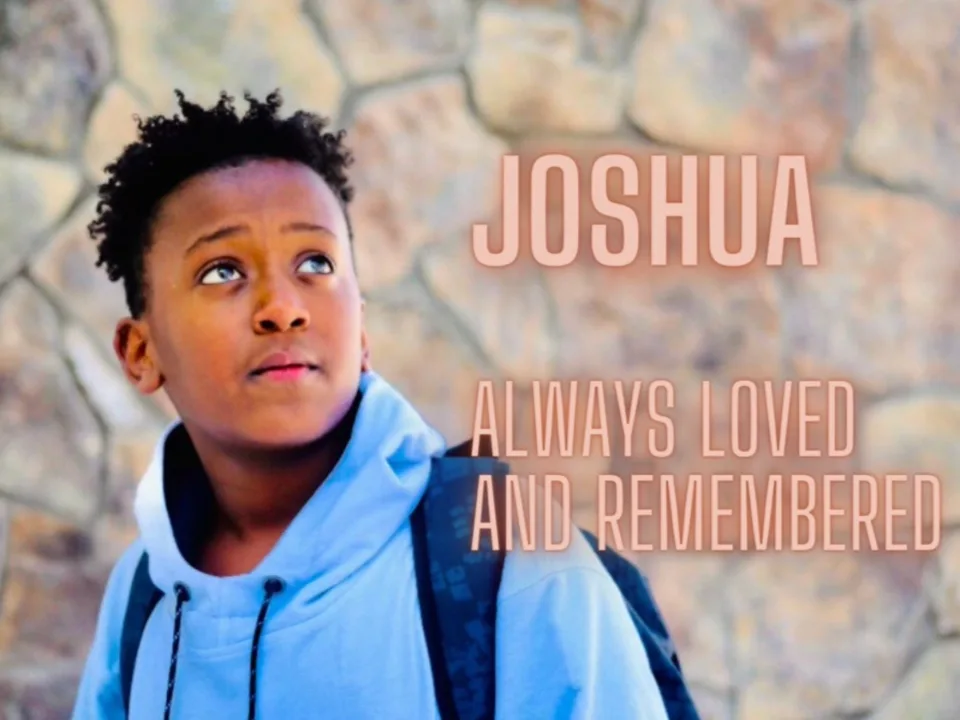

The boy’s parents believe that Joshua followed the challenge called “Blackout Challenge” that was spread on the social network TikTok. Participants in this challenge will use any rope to strangle themselves until they fall into a state of temporary loss of consciousness, then record a video of the challenge and share it on social networks TikTok.
You may already know how serious those trends are. You can read more about dangerous TikTok challenges at:
Lots of data are collected
Why TikTok is bad is that it collects a huge amount of data, but TikTok’s data collection goes beyond just collecting information by tracking the types of content your kids like and share on the app.
In its privacy policy, TikTok states that it collects “information you provide in the context of composing, sending, or receiving messages.” Using the word “composing” messages, TikTok not only gathers information that your kids share but also what they have created but have not yet posted or shared.


Eating disorder
Videos of “What do I eat in a day”, videos showing girls with extremely thin bodies, and comments advocating those eating habits, etc., will more or less affect your children’s perceptions of their bodies.
And why is TikTok bad for kids? With its algorithm, when your kids watch this type of content regularly, similar videos about low-calorie food, how to lose weight in 3 days, how to lose weight, and even eating disorders will show up more often.
The risk of your child comparing their body to others is increasing, making them suffer from low self-esteem or forcing themselves into an extreme, unhealthy diet.
One real case is Gabi talks about experiencing a number of mental health struggles, including struggling with an eating disorder. She joins online ‘pro-eating disorder’ communities called ‘pro ana’ groups on a blogging site and romanticizes being mentally ill in people. As a result, her eating disorder persisted to this day.


In short, dangerous and extreme eating habits are being promoted and celebrated on this platform. Your child is also at high risk as in the case of Gabi above!
Can parents prevent the negative effects of TikTok?
You can’t let your child freely watch and post on TikTok, but you also can’t ban your child from using it, which will limit your child’s creativity.
So, how to make TikTok safe for kids?
It’s not always easy to know where to draw the line between protecting your child and restricting their freedom. But if you’ve carefully considered the risks and benefits and decided that TikTok isn’t right for your child, then we recommend not allowing them to use it.
In this case, CyberPurify Egg can be a great solution to block TikTok from all home internet devices. It’s the TikTok parental control you need to give you peace of mind and keep your child safe from potential online dangers.
You can rest assured that your child is only accessing appropriate content online, and you can focus on enjoying quality time together as a family without worrying about the risks associated with TikTok.


When it comes to how to make TikTok safe for kids, you should also:
- Familiarize yourself with social media: Don’t be passive, actively update and learn the platforms that are popular with young people. You can know deeply what harms them.
- Continuously talk to your child about what is and isn’t right for them on social media and the Internet. Remind them to let you know when they see something that’s disturbing.
- Use a content filter: Experts say children under 8 spend 65% of their time on the Internet. Pornographic, horrifying content with psychological health attacks is often directed at viewers who are not yet fully aware of this perception.
While educating your child is important, utilizing free online content filtering tools is a crucial step in making TikTok safe for kids. By filtering 15 types of harmful content on the internet, these tools can help safeguard your child’s online experience and provide peace of mind for parents.


- Teaching children soft skills when using the Internet: Raising children to behave, and understand that self-protection is important not only in real life but also in the virtual world, where both you and your children interact every day.
- Teach your child about digital footprint: What your child sends or posts will live forever on the Internet and your child is at a high risk of negative consequences such as sexual predators, online sexual assault, and blackmail.
- Watch for unusual signs: staying up too late, staying away from family members, suddenly refusing to use social media, low self-esteem, staying quiet, etc. This could be a sign that your child has been sexually assaulted online or has become a victim of online bullying.
Find this helpful? You also love these:
